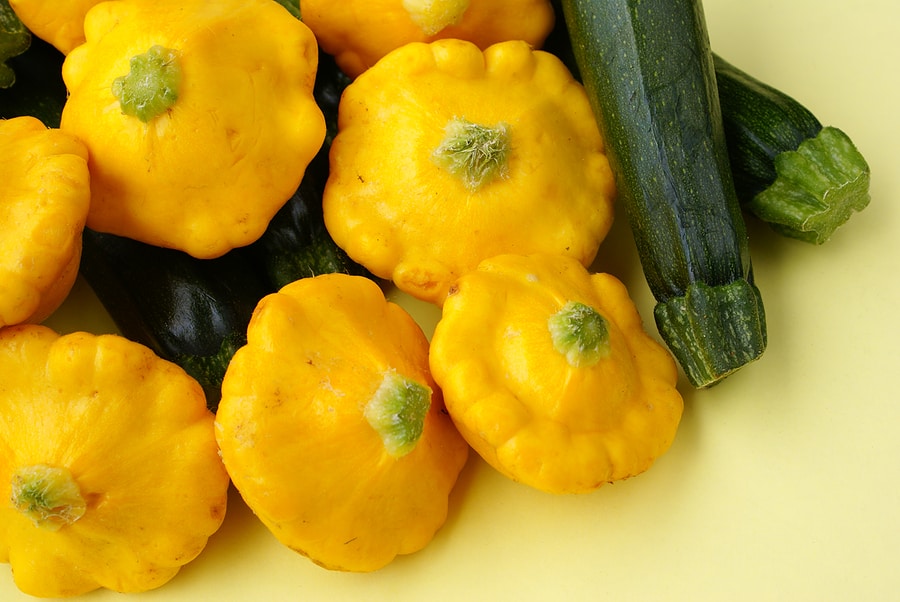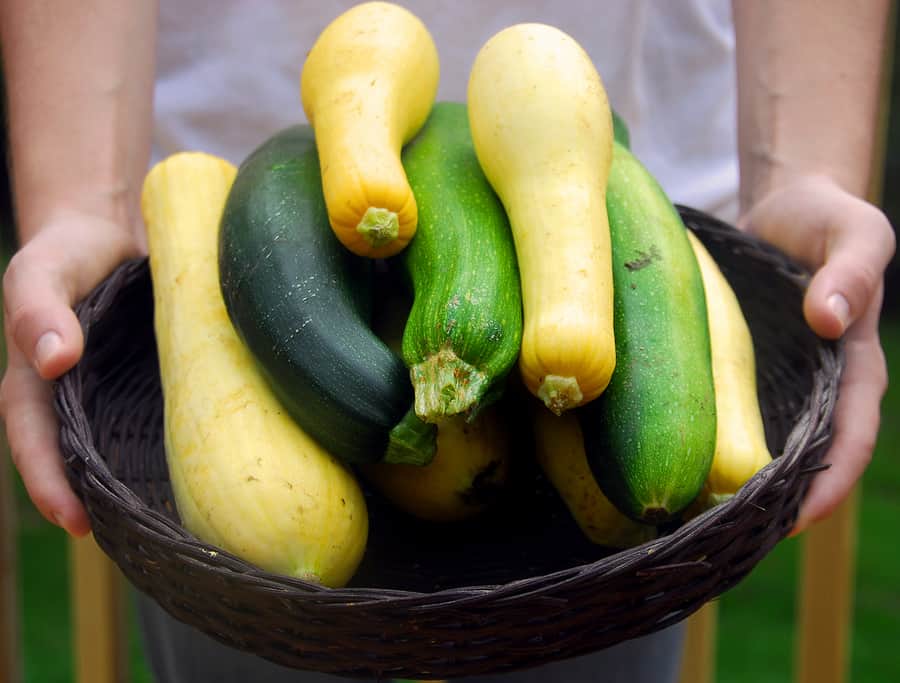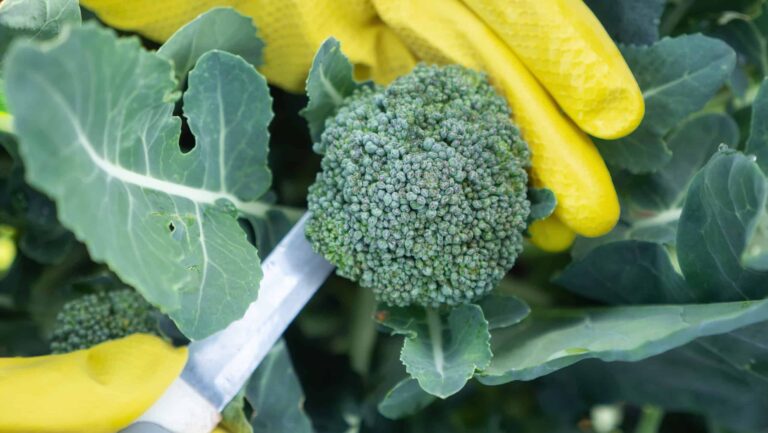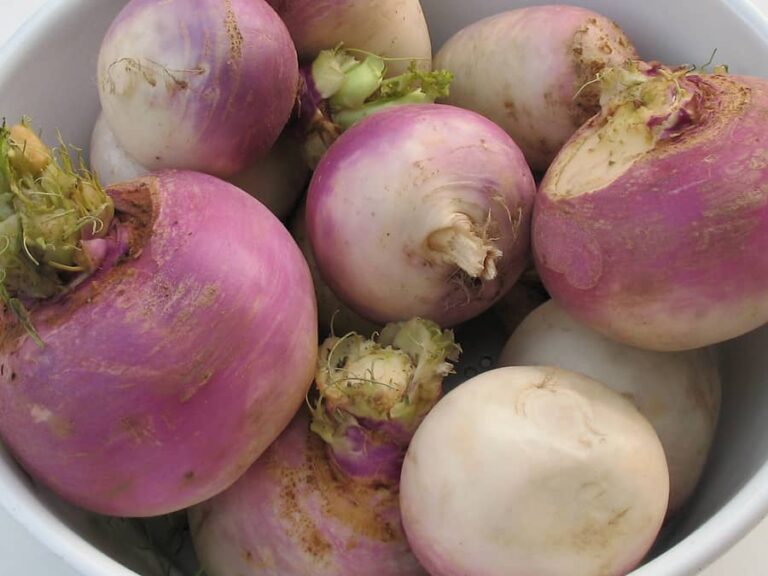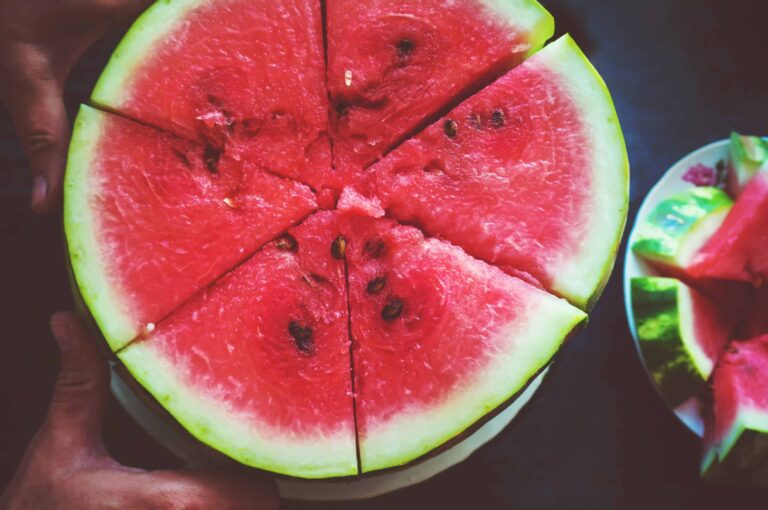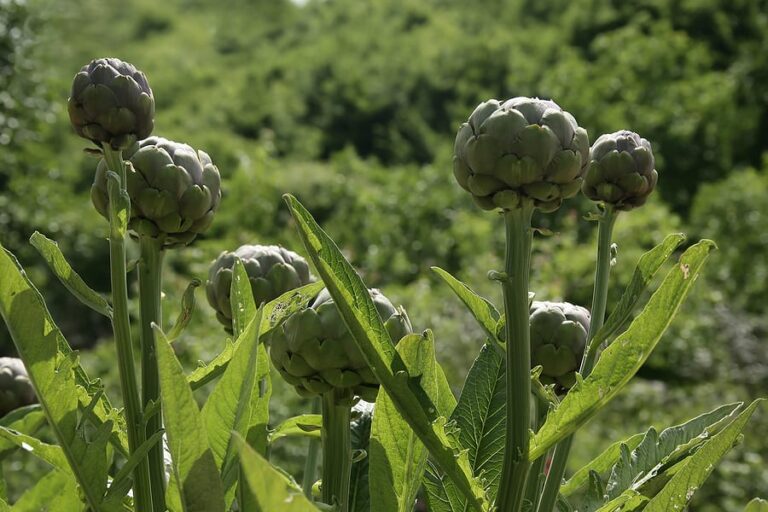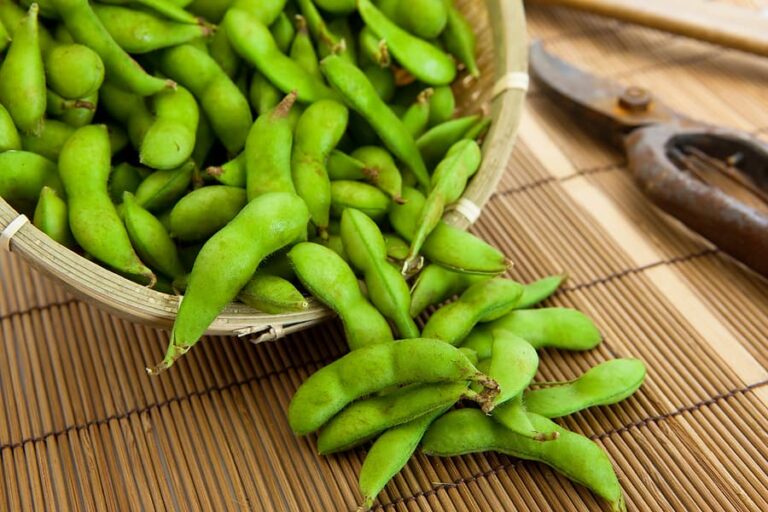How to Harvest and Store Summer Squash for Maximum Freshness
Summer squash, including zucchini, yellow squash, and pattypan, grows fast and needs frequent harvesting to keep plants producing. Over the years, I’ve learned that timing is everything—picking squash at the right stage not only improves flavor and texture but also encourages more fruit to develop. Harvest too late, and the squash becomes tough and seedy; pick too early, and you might miss out on the best yield. Through experience, I’ve also discovered the best ways to store fresh summer squash to extend its shelf life without losing quality.
In this guide, I’ll share expert-backed, experience-tested tips on when and how to harvest summer squash for the best taste and texture, along with proper short-term storage methods to keep it fresh longer. Whether you want to store squash in the fridge for a week, freeze it for later use, or preserve an abundant harvest, these techniques will help you make the most of your homegrown squash. Let’s get started!
Harvest summer squash young and tender. Harvest summer squash when the skin is glossy and soft enough to be easily pierced with your thumbnail.
When to harvest summer squash
- Summer squash is edible as soon as the skin is glossy and can be pierced with a thumbnail.
- Harvest zucchini, crookneck, and yellow squash when they are 6 to 8 inches long.
- Harvest scalloped varieties when they are 3 to 6 inches in diameter.
- You can harvest zucchini and yellow summer squash as baby squash when the fruit is 4 to 6 inches long. Baby summer squash will be tender and tasty.
- Summer squashes can grow quite large—up to 10 inches long—but it’s best to pick earlier. Summer squash is most flavorful when harvested young and tender.
- Check plants every two or three days once they begin to produce fruit. Leaving large fruit on the vine will slow and can even stop production; large squashes that go to seed signal the plant that its life cycle is ending. Harvest summer squash before the fruit grows large and seedy.
- Overripe squashes use moisture and nutrients that could be used to produce young, tender fruit. (But overly large squashes can still be used as a puree for soup or grated for sweetbreads.) Summer squash that is too hard to be marked by a thumbnail is too old to use and should be composted or thrown away.
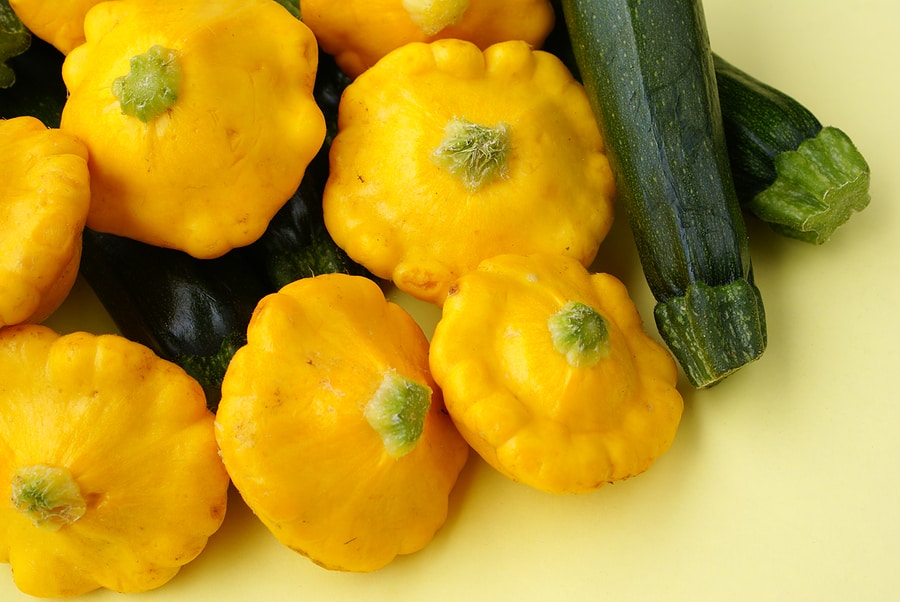
How to harvest summer squash
- Use a garden pruner or sharp knife to cut the fruit away from the vine; leave a short stem attached to the fruit to extend the storage life. Don’t tug or pull fruit from the vine; you could injure the plant.
- Handle summer squash gently to prevent wounds to the skin.
More tips on harvesting all summer vegetables at Summer Vegetable Harvest Tips.
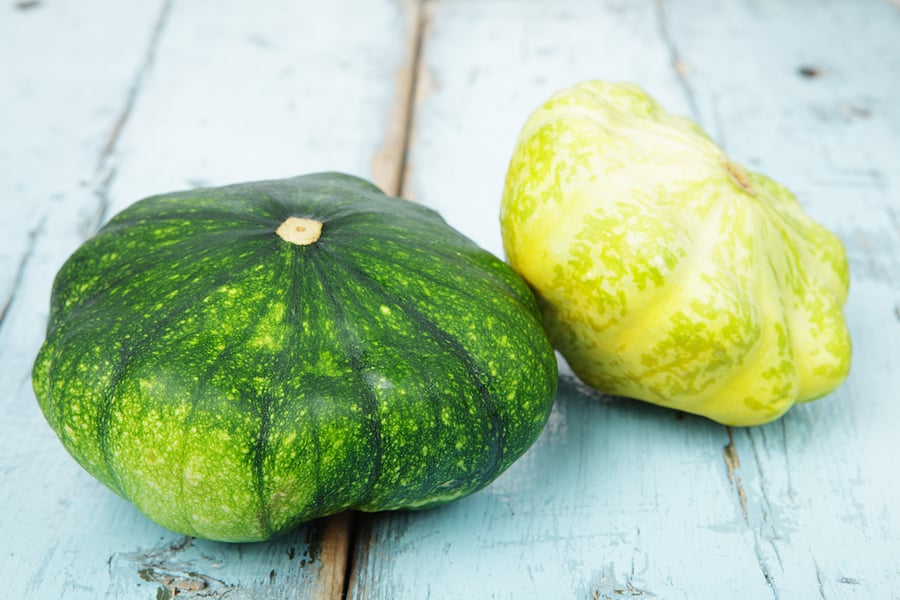
How to store summer squash
To store summer squash and zucchini, start by choosing squash that is freshly harvested, firm, and free of blemishes or soft spots. For short-term storage, place unwashed squash in a perforated plastic bag or loosely wrapped in a paper towel inside a plastic or reusable produce bag. Store it in the crisper drawer of your refrigerator, where it will stay fresh for about 4 to 5 days. Avoid sealing squash in airtight containers or bags, as trapped moisture can cause it to spoil more quickly.
If you have a bumper crop and want to store it longer, consider freezing. Wash and slice the squash into rounds or half-moons, then blanch in boiling water for 1 to 2 minutes. Immediately transfer to an ice bath to stop the cooking, then drain and dry well. Pack the squash into freezer-safe containers or bags, removing as much air as possible before sealing. Frozen squash is best used within 10 to 12 months in cooked dishes like soups, casseroles, or sautés, as it tends to lose its firmness when thawed.
Related posts you might find helpful:
Summer Squash
- How to Grow Summer Squash and Zucchini: A Gardener’s Guide
- Planting and Growing Summer Squash
- Summer Squash Care and Maintenance
- The Best Summer Squash & Zucchini Varieties for Your Garden
- How to Harvest and Store Summer Squash
- Eight Ways to Cook and Serve Summer Squash
Winter Squash
- The Ultimate Guide to Growing Winter Squash
- Planting and Growing Winter Squash
- Winter Squash Care and Maintenance
- The Best Winter Squash Varieties for Your Garden
- Harvesting & Storing Winter Squash for Long-Term Use
- Seven Ways to Cook and Serve Winter Squash
Squash Planting and Care
- Squash Seed Starting Tips: How to Grow Strong, Healthy Plants from the Start
- How to Maximize Squash Pollination for Bigger Harvests
- Growing Squash in Small Spaces: Trellising & Container Growing
- How to Prevent and Treat Squash Pests and Diseases Naturally
- Squash Vine Borer Organic Pest Control
- Squash Bug Organic Pest Control
Books to help you grow:
- Vegetable Garden Almanac & Planner
- Kitchen Garden Grower’s Guide Vegetable Encyclopedia
- Vegetable Garden Grower’s Guide
- Tomato Grower’s Answer Book
Squash articles at Harvest to Table:
How to Grow Summer and Winter Squash
How to Plant and Grow Pumpkins
How to Harvest and Store Summer Squash
How to Harvest, Cure, and Store Winter Squash
How to Harvest and Store Pumpkins
Eight Ways to Cook and Serve Summer Squash
Seven Ways to Cook and Serve Winter Squash
How to Make Creamy Pumpkin Soup
How to Cook and Serve Squash Blossoms
Squash Growing Problems: Troubleshooting
Squash Vine Borer Organic Pest Control
Squash Bug Organic Pest Control
Corn, Beans, and Squash: The Three Sisters
More harvest tips:
Learn when and how to harvest your favorite vegetables for the best flavor and texture. Get storage tips for each crop. Click on the vegetable you are growing below.
- Artichoke
- Arugula
- Asparagus
- Beans
- Beets
- Broccoli
- Brussels Sprouts
- Cabbage
- Cantaloupe — Melons
- Carrots
- Cauliflower
- Celery
- Chard
- Collards
- Corn, Sweet
- Cucumbers
- Eggplant
- Endive and Escarole
- Garlic
- Jerusalem Artichoke
- Kale
- Kohlrabi
- Leeks
- Lettuce
- Melons
- Okra
- Onions
- Parsnips
- Peas
- Peppers
- Potatoes
- Pumpkins
- Radicchio
- Rhubarb
- Rutabaga
- Spinach
- Squash, Summer
- Squash, Winter
- Sunchokes
- Sweet Potato
- Swiss Chard
- Tomatillo
- Tomatoes
- Turnips
- Watermelon

